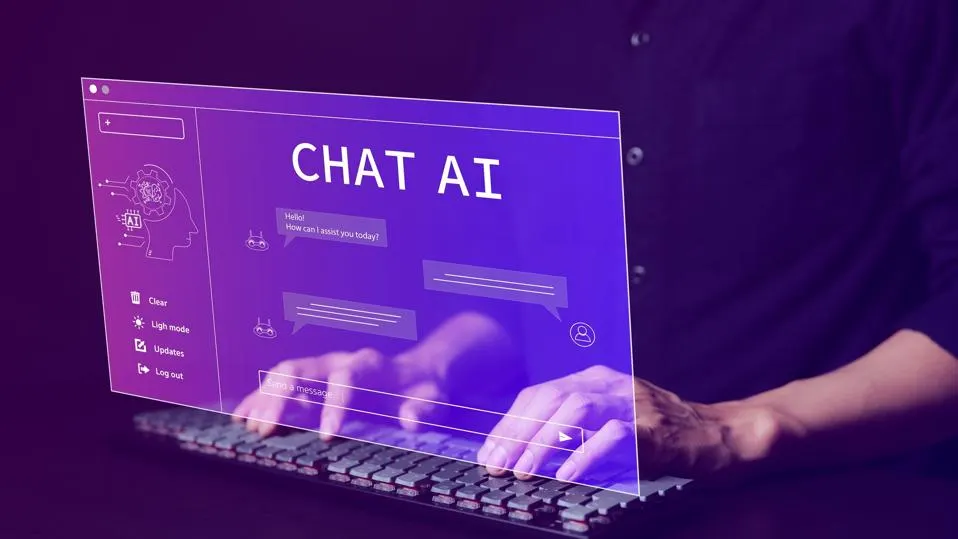How Does Data Science Machine Learning And Artificial Intelligence Overlap
2 July 2021
When I work with companies and executive teams, I often find that there is some confusion about the differences and overlaps between data science, machine learning, and artificial intelligence. So, I thought it would be worth creating a quick and straightforward guide to these three terms, which are closely related, sometimes used interchangeably, but really convey different meanings.

Let’s start with “data science” (DS) – because it’s really the foundation of the other concepts. You may have heard the phrase “data is the new oil” – or a variation of it. And while I’ve questioned the validity of that analogy myself, it does a good job of explaining why data (especially once it is turned into insights and knowledge) is so important in the business world today.
It actually draws on an older universally-acknowledged truth – that “knowledge is power.” And just as the medieval thinkers and strategists who coined that phrase found that educated people tended to acquire respect and authority, today’s business leaders understand that the more insights they have – about their customers, their competition and their own operations – the more likely they are to be successful.
The field of data science was developed to help turn data into insights and knowledge. It draws heavily on a combination of mathematics, statistics and computer science, with the aim of developing algorithms (rules) for extracting insights and knowledge from data.
Of course, mathematicians and statisticians had carried out research with the same aim for centuries already, but it was the addition of computers to the mix that gave birth to the modern discipline known as data science. Today, data science has become a critical part of most businesses, and the role of data scientist has become one of the most thought after and well-paid jobs in organisations.
There are two particular skills in the data scientist’s toolkit that have proven to be hugely valuable. These are data mining and predictive analytics. Data mining is simply the process of discovering patterns in data that can be translated into insights whereas predictive analytics involves using data to determine the statistical likelihood of certain outcomes of a process or operation.
These are both essential components of Artificial Intelligence (AI) systems – although it’s worth noting that the meaning of the term “AI” has evolved considerably over the last century. AI refers to machines capable of thinking, learning, and acting in the manner similar to humans. AI systems can be programmed by humans or can be created and improved using data with limited or no involvement of humans, which brings us very neatly onto the third term I wanted to cover in this piece – machine learning (ML).
The easiest way to describe the relationship and overlap between ML and AI is that ML is one of the current state-of-the-art methods in our attempts to build learning machines. Whereas AI is a somewhat fluid term used to describe a general concept, ML is an AI methodology, and therefore a subset of AI.
Conducting ML involves building algorithms capable of being trained on data, rather than specifically trained by a human (usually a data scientist) on how to carry out a task.
Although the concept isn’t new – it was first discussed seriously in the mid-20th-century – it relies on access to large volumes of data, as well as a great deal of computing power. Both are needed to train algorithms until they are sufficiently good at their task. And it’s only in relatively recent years, thanks to the emergence of the internet and the falling cost of processing hardware, that this has become a viable reality for business.
Hopefully, this article works to give a basic understanding of the differences – as well as the relationships – between the concept of DS, AI, and ML. To put it even more simply – in today’s business environment, a data scientist uses machine learning to achieve artificial intelligence.
Another way to look at it is that ML is just one technique that a data scientist can use to try to extract insights from information. Others could include building neural networks or delving into deep learning – which are subjects I cover in posts that you can find in our content section.
Related Articles
Responsible AI: Why Privacy Is An Essential Element
Today, people often talk about “responsible” AI use, but what do they really mean?[...]
The Amazing Ways IKEA Is Using Generative AI
Global furniture retailer IKEA has long been at the forefront of tech-driven retail innovation.[...]
Generative AI Is Coming To Your Home Appliances
Across all industries, organizations are rapidly embracing generative AI. Among them, makers of home appliances like fridges and ovens.[...]
Generative AI And The Risk Of Inbreeding
We all understand the concept of inbreeding in human terms – where people who are too genetically similar reproduce, resulting in offspring with deformities.[...]
How Generative AI Will Change The Jobs Of HR Professionals
HR is fundamentally about managing humans – so how will the job change in a future where powerful generative AI tools are everywhere?[...]
Amazon Harnesses Generative AI For Seamless Palm Recognition Shopping Experience
Generative AI may have made headlines for its ability to write text and create art, but its uses extend beyond simply generating content.[...]
Sign up to Stay in Touch!
Bernard Marr is a world-renowned futurist, influencer and thought leader in the fields of business and technology, with a passion for using technology for the good of humanity.
He is a best-selling author of over 20 books, writes a regular column for Forbes and advises and coaches many of the world’s best-known organisations.
He has a combined following of 4 million people across his social media channels and newsletters and was ranked by LinkedIn as one of the top 5 business influencers in the world.
Bernard’s latest book is ‘Generative AI in Practice’.










Social Media